Artwork and visual symbolism seen in a church building often make a confession long before parishioners hear what is confessed in the liturgy. Some of the symbolic meaning, however, may be lost to us. This is the eighth of nine articles devoted to those images which we often see — but may not always understand — in the sanctuary.
Ask a believer what the first Christian symbol was, and most likely they would respond: “The cross.” They would, however, be dead wrong. For decades after the ascension of our Lord Jesus Christ, the cross was merely a public execution device. It was humiliating, excruciating and, as with all public death sentences, carried the stigma of a heinous malefactor. Polite folks did not speak of the cross openly.
One feeble attempt to modernize our understanding of this reality happened in a Bible study that used an electric chair to explain the crucifixion of Jesus. In spite of the strange attempt at updating history, it nonetheless drove home the point of the cross’s stigma.
While we may find it nearly impossible to wrap our heads around the ancient perception of crucifixion — especially when modern Christianity is saturated with images of Jesus’ death — it adds profound meaning to Paul’s then-strange admission to the Corinthian church: “For I decided to know nothing among you except Jesus Christ and him crucified” (1 Cor. 2:2).
Early Christian usage
Some spotty, early evidence of Christians using the cross as a Christian image exists, but it took at least 100 years to universally accept the cross as a symbol within the church. As with the terms “Christian” and “Lutheran,” a tool of derision eventually was embraced by adherents as a point of pride.
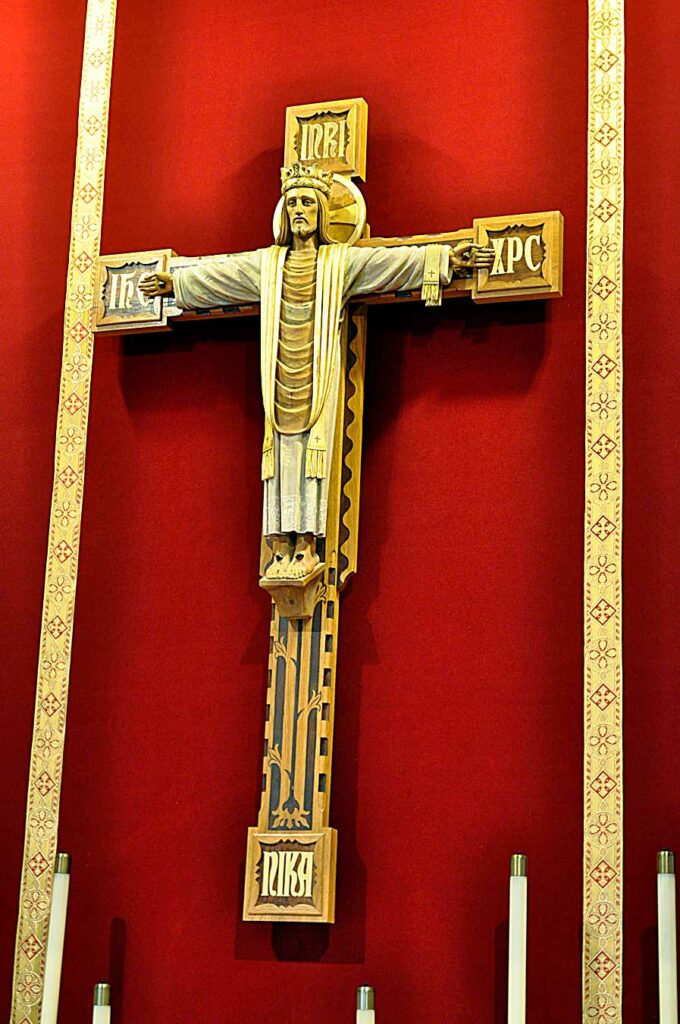
The idea of a crucifix — a cross with the image of a dead or dying Christ upon it — took longer to catch on. Crucifixions continued to occur well after Christ’s ascension, and the horrors of such events remained fresh in the minds of Christians. It’s not surprising that it took another 200 years before the crucifix gained acceptance.
Christians have used other variations of the cross as well, including crosses with the resurrected Christ and crosses with the Good Shepherd. The Christus Rex crucifix is an older variation occasionally seen in Lutheran sanctuaries. At first glance, it looks similar to crosses bearing non-crucified figures. The Rex version shows a fully clothed Christ with regal vestments of His office of Priest and King. The Christ figure also wears a kingly crown. On closer inspection, however, the body of Jesus is indeed crucified. His outstretched hands, while in a posture of blessing, are nailed fast to the cross. So, too, are His feet. The Christus Rex crucifix confesses that the cross was Christ’s throne of glory and that there, as Priest, He offered up the highest sacrifice for mankind.
Variations require study
Beyond these variations, there is a dizzying array of crosses. Some have specific use in Christianity, while others have no place at all. Hence, it is best to research any given variation before gluing it to a church banner. Here are some notable variations:
- St. Andrew’s Cross, as its name implies, is a variation that, according to pious tradition, represents the martyrdom of St. Andrew. It has also found a place in secular society and is the rallying emblem of the Scottish people.
- St. Peter is sometimes shown with an upside-down cross. According to tradition, he did not want to be made equal with his crucified Savior and therefore requested to be crucified upside down. Satan worshipers have hijacked the symbol. Once again, context is key.
- The papal cross has three horizontal bars and is reserved for use by the Vatican, so don’t even think of using that version.
- Some crosses are associated with secular entities, so it’s wise to avoid them as well. These include the patriarchal cross or the Cross of Lorraine, which has two parallel beams. One variation places the beams equidistant from the top and bottom. The peculiar cross has been used by kingdoms throughout Europe, and, strangely enough, it graces every Oreo cookie you eat.
Early Christians might have found it hard to understand our take on the cross, especially when we have a penchant for plating it with gold and affixing gems upon it. They would, however, agree that it is a symbol of divine beauty, not in its outward appearance, but because it symbolizes the exquisite grace found only in the love of the Father and the ultimate sacrifice of His Son for us.
Figure 1: By author.
Feature image: LCMS Communications/Erik M. Lunsford


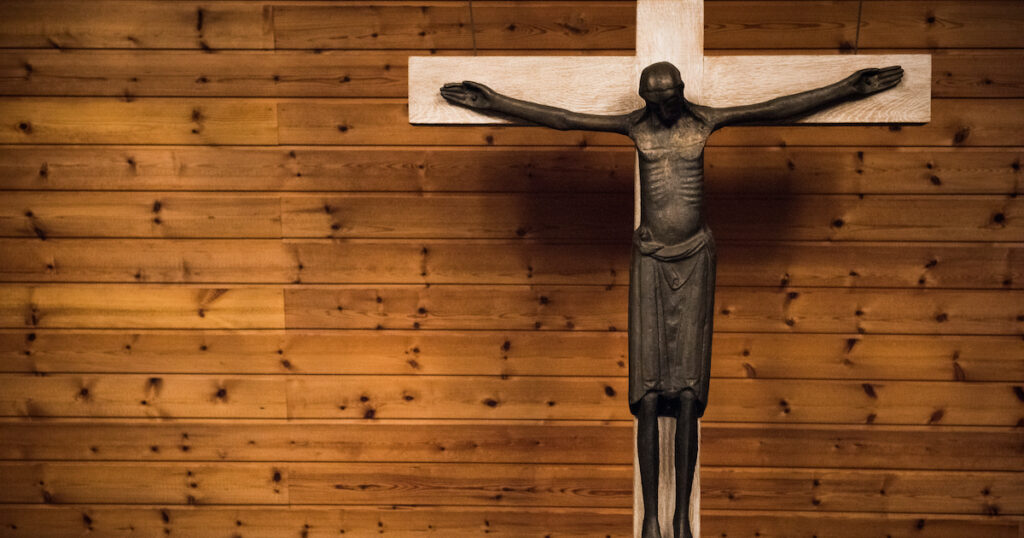
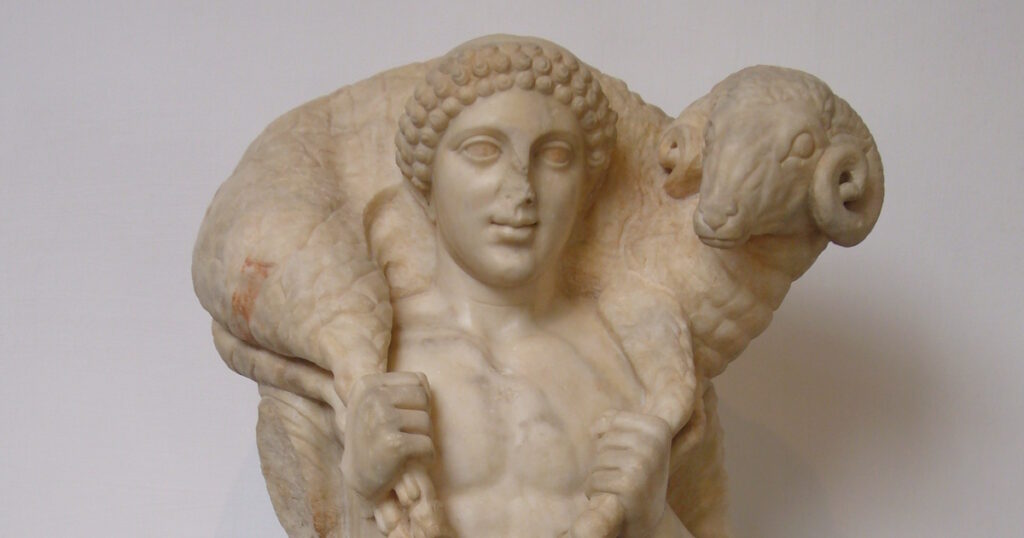
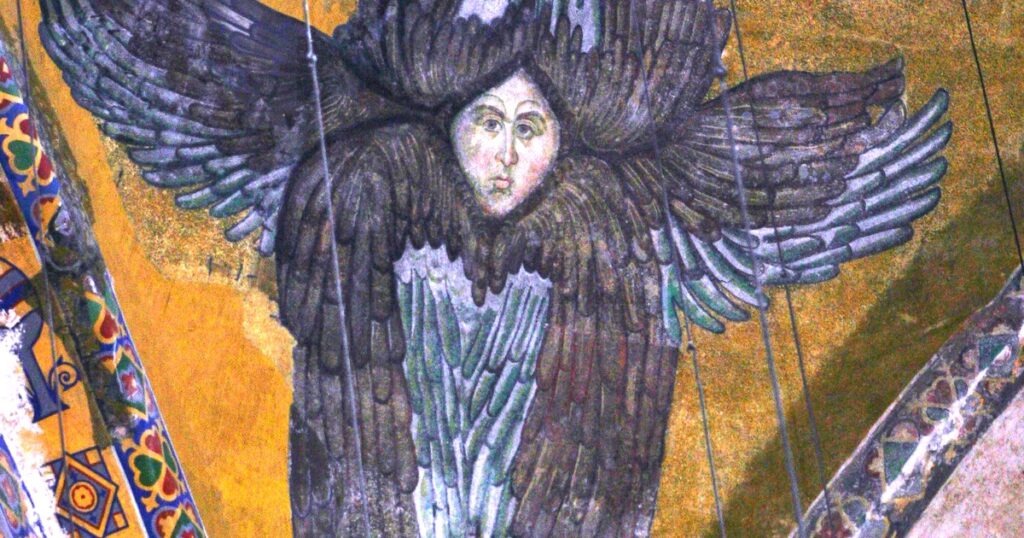
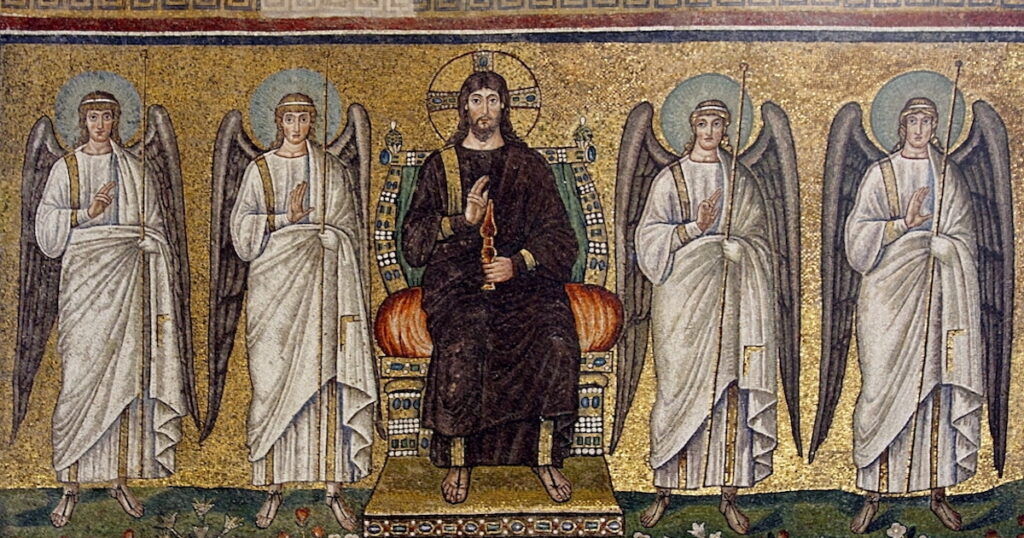
Around my neck I wear a plain sterling silver cross on a necklass, not a crucifix. It is under my shirt, and I do not consider it just ornamental jewelry. I subconsciously feel it sometimes, moving my fingers on the face of it. I have worn it for many years. It is a reminder to me that Jesus went to the cross for my sins. It reminds me that I am a sinner, saved by grace, and I identify with the One who suffered as a substitute for the sins of the world. It is not a thing which has supernatural powers, nor does it make me feel holier to wear it. The Cross is a reminder that our salvation was not free. Jesus paid for it with His shed blood. Soli Deo Gloria.
So if the cross was not the first Christian symbol, what was?
Mr. Riojas discussed this in the first article in this series. It’s here.
I thought it was the fish symbol. I know that was used to communicate with other fellow Christians in the early days of Christianity. Someone would draw the top half of a fish in the sand, and if there were other Christians around, they would come along and draw the bottom half of the fish.